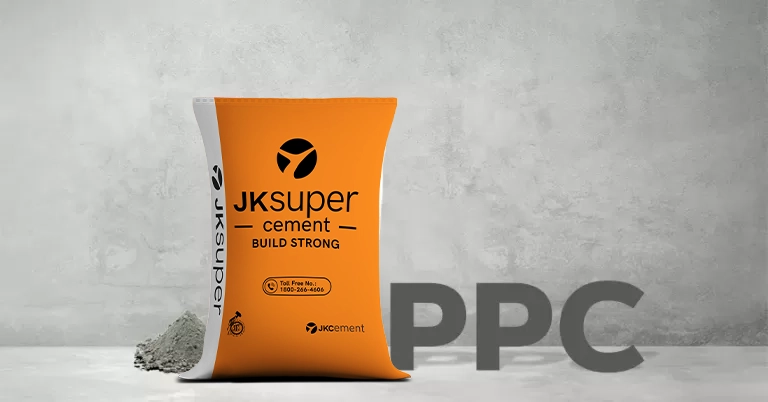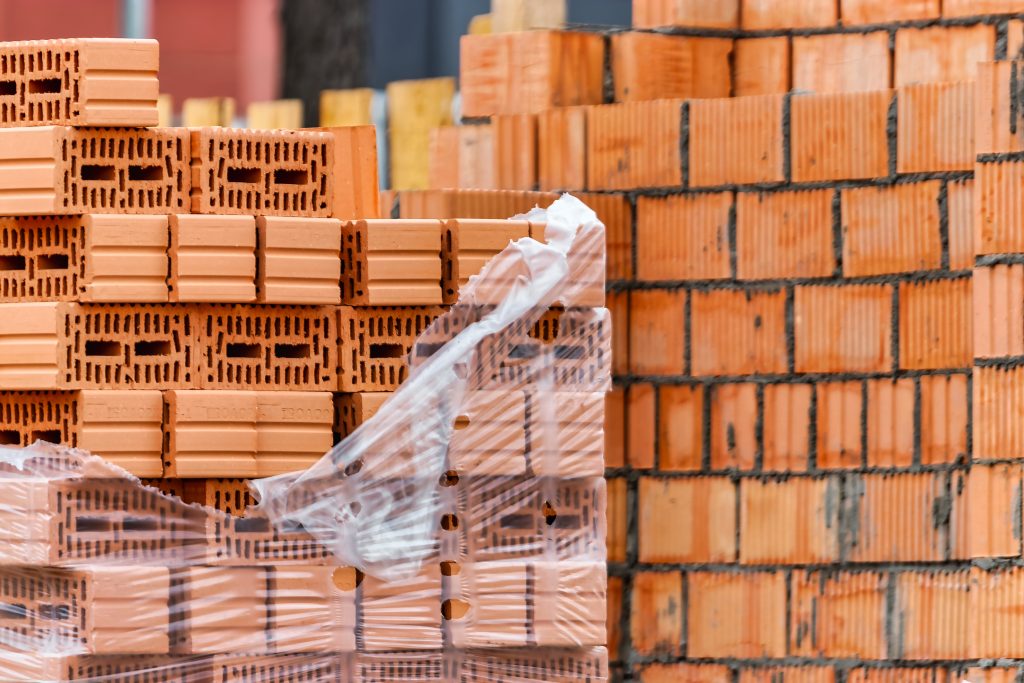Introduction
This is an important question to answer because ensuring a strong and durable foundation is crucial when constructing a home. A solid foundation can be achieved with premium-quality cement, which is sought after by developers across India to ensure the stability and durability of their constructions.
For new homeowners, building a house is a lifelong project, and compromising on the quality of materials is not an option. They understand that this is a one-time investment and prioritise using the best grade cement for house construction, so there is long-term durability.
Commonly used cement types in India
Understanding the difference between various types of cement is crucial for industry professionals, but it is equally important for prospective homeowners who are planning to build their own houses. There are two primary categories of cement: hydraulic cement and non-hydraulic cement.
Hydraulic cement is created by mixing powdered cement with water, and it can be used for various construction projects, including those undertaken underwater. On the other hand, non-hydraulic cement relies on carbonation to set and become adhesive, making it suitable for most construction projects except those involving underwater applications.
Portland cement, specifically hydraulic cement, holds the top position as the most widely utilized cement in the construction sector. It is preferred by architects, engineers, and contractors for its fast-setting characteristics, rendering it a preferred option for various construction endeavors.
Types of cements and their uses
Within Portland cement’s classification, there are subtypes widely favored in home construction. The two most preferred cement types for home construction are Ordinary Portland Cement (OPC) and Portland Pozzolana Cement (PPC).
The Bureau of Indian Standards (BIS) has outlined the types and applications as follows:
Ordinary Portland Cement:
The main ingredients in Ordinary Portland Cement are clay and shale, which contain silicates of alumina or limestone, chalk, and marl, which are sources of calcium carbonate. OPC is classified into three types based on its grade, which is determined by its compressive strength.
- OPC 33: This type of cement has a compressive strength of 33MPa after 28 days (about 4 weeks). It is suitable for various construction purposes, especially masonry and plastering.
- OPC 43: With a compressive strength of 43MPa after 28 days, OPC 43 is used for high-strength concrete projects.
- OPC 53: OPC 53 has a compressive strength of 53MPa after 28 days. It is commonly used for demanding construction projects like precast concrete, prestressed concrete, bridges, and tall buildings.
Portland Pozzolana Cement:
This is a mixture of Portland cement clinker or ordinary Portland cement, pozzolana, and optionally gypsum. It can also be a blend of ordinary Portland cement and fine pozzolana with added ground gypsum if necessary.
PPC finds its application in various construction areas. It is commonly used for masonry mortars and plastering, thanks to its ability to provide a superior surface finish. Moreover, PPC is favored in the construction of decorative and art structures. It is also extensively used in the manufacturing of precast sewage pipes. Additionally, PPC is well-suited for challenging concrete conditions where durability is paramount.
The classification of PPC includes the following categories:
a) PPC fly ash based:
The fly ash component should be between 15% and 35% of the mass of PPC.
b) PPC calcined clay based:
The total pozzolana content should be between 10% and 25% of the mass of PPC.
Where to buy the best cement for house construction?
Before commencing home construction, a decision can be made based on the desirable characteristics of these two types of cement, allowing for a more informed choice.
Trusting the word of experts in the construction industry, such as architects, builders, and construction professionals, is helpful in arriving at a decision, as is referring to reputable construction resources and building codes.
When it comes to sourcing the best cement for your home construction project, there are a few key points to consider. These suggestions can be helpful for prospective homeowners:
Consult your contractor:
Experienced contractors have valuable industry connections and can provide recommendations on reliable manufacturers or distributors of quality cement. They can also help you secure competitive pricing, ensuring you do not overspend.
Bulk purchasing:
If you know someone else who is also building a house, pooling your resources to make a bulk cement purchase can lead to cost savings. This approach may enable you to negotiate a better deal and obtain the required quantity at a discounted rate.
Local retailers:
Local vendors can be another valuable resource for finding quality construction materials, including cement. They can cater to your specific quantity requirements and may offer discounts based on negotiation skills.
Remember, it is essential to prioritise both quality and cost-effectiveness when selecting the source for your cement supply.
No matter the construction type, JK Cement is here to meet your construction needs.
FAQs (Frequently Asked Questions)
Which cement is best for a house, OPC or PPC?
Both OPC and PPC can be used for the construction of a house.
Which is better 43 or 53 grade cement?
OPC 53 grade cement exhibits superior quality, enhanced strength, and reduced setting time in comparison to 33 and 43 grades of cement.
Can we use 53 grade cement for house construction?
Grade 53 cement possesses greater strength, superior quality, and a shorter setting time; however, it is primarily employed for large-scale projects.
Can we use 53 grade cement for plastering?
For plastering low-rise residential buildings in India, OPC 43 cement is considered the most suitable option, while OPC 53 cement is deemed the finest choice for plastering high-rise structures.
*Disclaimer: The information provided above is for general purpose and should not be used as a substitute for professional advice.














